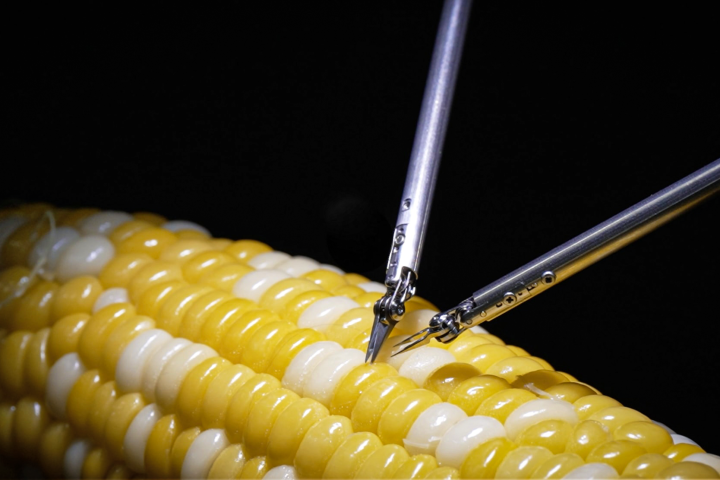Medical researchers working with human stem cells have discovered a way to improve regrowth of corneal tissue in the human eye. Using a molecule known as ABCB5 to act as an identifying marker for rare limbal stem cells, the researchers were able to use antibodies to detect ABCB5 on stem cells in tissue from donated human eyes and use them to regrow anatomically correct, fully functional human corneas in mice.
Limbal stem cells are found in the eye’s basal limbal epithelium (the border between the cornea and the white of the eye) and assist in the proper maintenance and regeneration of corneal tissue. However, if these cells are damaged or lost because of injury or disease in the eye, blindness results.
Up until now, the use of tissue or cell transplants to help the cornea regenerate have been used, but as it was both unknown whether there were actual limbal stem cells in the grafts, or how many, the outcomes were generally inconsistent.
As a result of this recent research, transplants have now been made in mice using human ABCB5-positive limbal stem cells that resulted in the restoration and long-term maintenance of normal, transparent corneas. Control mice that received either no cells or ABCB5-negative cells failed to have their cornea restored.
"Limbal stem cells are very rare, and successful transplants are dependent on these rare cells," said Bruce Ksander, Ph.D., of Massachusetts Eye and Ear, co-lead author on the research. "This finding will now make it much easier to restore the corneal surface. It’s a very good example of basic research moving quickly to a translational application."
The research was recently published in the journal Nature as one of the first known examples of constructing tissue from an adult-derived human stem cell.
Source: Massachusetts Eye and Ear





